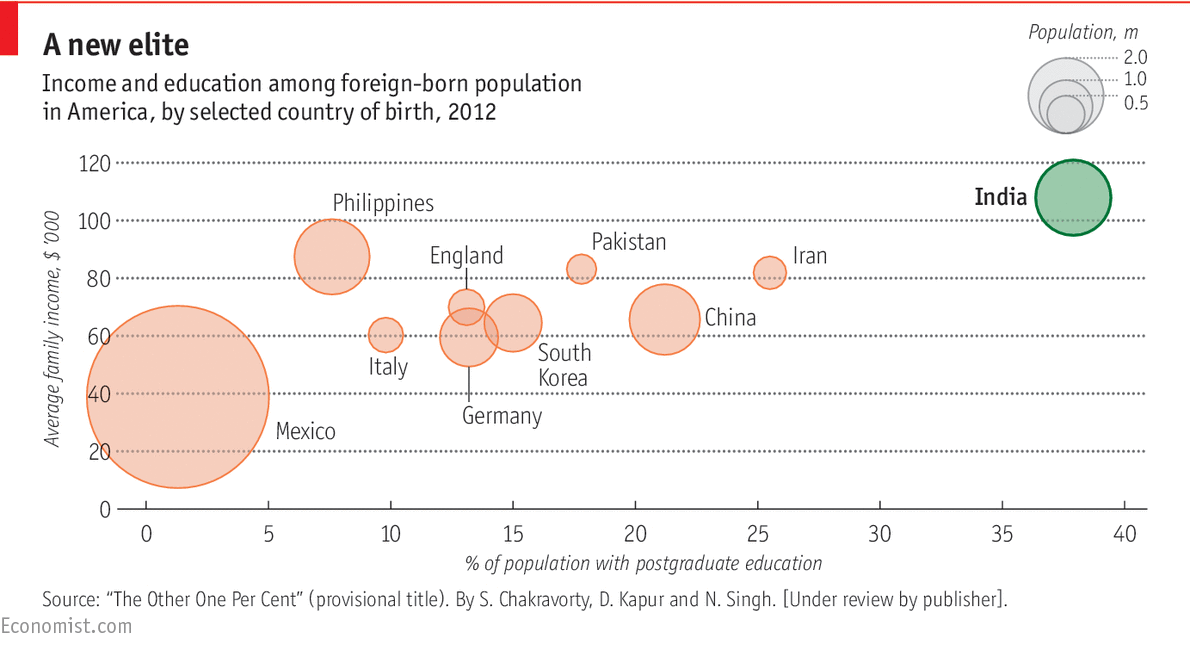Currently reading this paper by Brelsford, Martin, Hand and Bettencourt of the Santa Fe Institute (did I tell you I just got my first MOOC certificate from this institute last week?) on the topology of cities. I have only a rudimentary understanding of topology (thanks to an excellent session with Dr. V Vinay), but considering that I know Graph Theory fairly well, I’ve been able to follow the paper so far.
The paper talks about “universally accessible blocks” in cities, which is basically about blocks where each unit can be accessed directly by road without going through other units. Developed cities, the paper argues, has mostly universally accessible blocks, while non-universally accessible blocks are artefacts of non-developed countries and old cities.
The problem with non-univerally accessible blocks is that the “inner units” in such blocks (which are not directly accessible by road) are mostly deprived of public and emergency services and this affects the quality of life in such blocks. The paper, for example, talks about mostly slums having such architecture, and that newly developed cities usually try to have universally accessible blocks.
When Bangalore was developed in a planned fashion starting in the 1950s (led by the “City Improvement Trust Board” which later morphed into the “Bangalore Development Authority”), a number of new areas were designed for large houses. Large sites were allotted, and regulations framed such that buildings on such sites be sparse (they were called “bungalow sites”). The part of Bangalore I live in, Jayanagar, for example, has a large concentration of such bungalow sites.
While in theory such sites make sense, the fact is that not too many people were enthused about sparse buildings on such sites. So they took advantage of loopholes in regulation (even best designed policies have loopholes) to build multiple buildings on the site. Later on, these sites got partitioned into smaller sites, with at least one building on each smaller site. As a result of partitioning, a large number of units thus created were not “accessible”.
Allotting big sites and getting people to build big houses on them in order to “lead development” into a new area might have been a great idea in theory, but the fact that most people could not afford to build such big houses and loopholes in regulation resulted in non-accessible units! Of course it results in lower infrastructure costs (since the road network is sparser than is necessary), but it comes at a price since not everyone has equal access to infrastructure.
As a wise man once said, #thatzwhy we need strong regulation.

